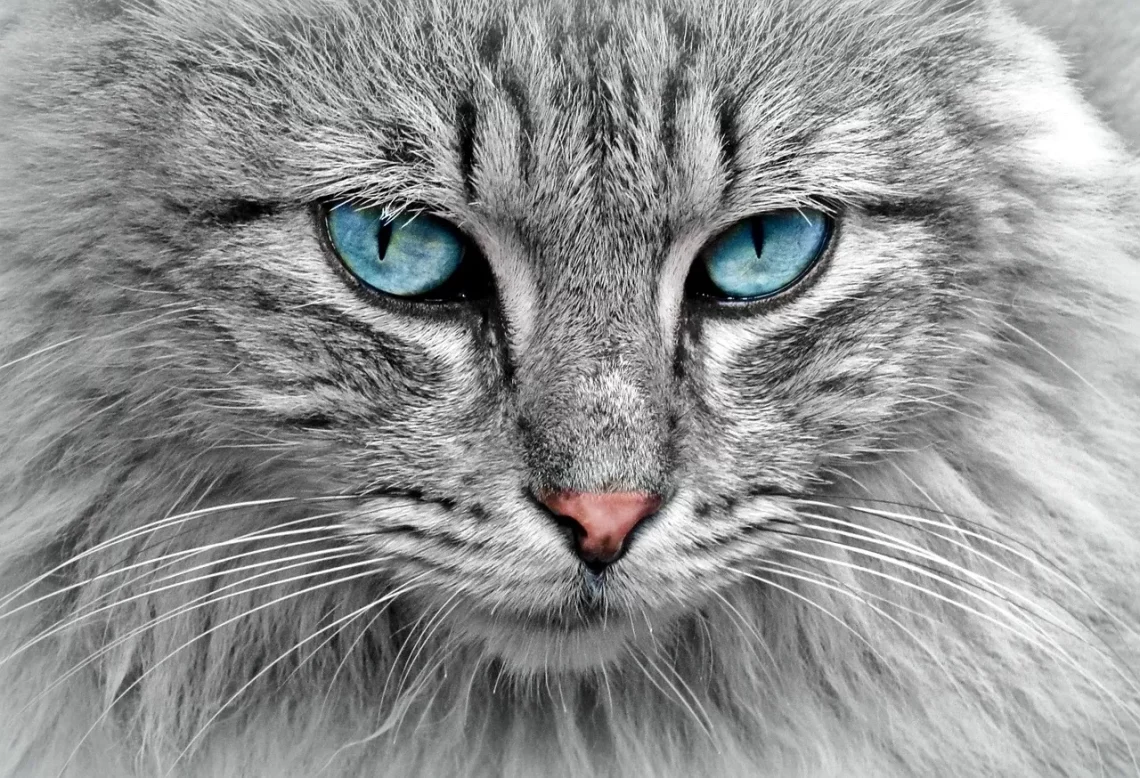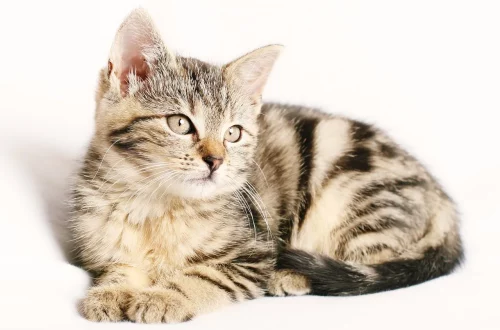
The Science Behind Why Cats Have Warm Ears and What It Means
Cats are fascinating creatures, often captivating our hearts with their playful antics and mysterious behavior. Among the many quirks that cat lovers observe, one notable feature is the warmth of a cat’s ears. This phenomenon raises questions about feline physiology, behavior, and even emotional states. As we delve into the science behind why cats have warm ears, it becomes essential to understand the unique characteristics of their anatomy and how these contribute to their overall health and well-being.
A cat’s ears are not just auditory organs; they also play a critical role in thermoregulation and communication. The warmth of a cat’s ears can be an indicator of various factors, including their emotional state, environmental conditions, and even their overall health. This article explores the underlying reasons for this warmth, debunking common myths and shedding light on the significant biological aspects that contribute to this phenomenon.
By examining these factors, we will gain a better understanding of our feline companions and how their physical traits reflect their internal states. Understanding this can enhance the bond between cats and their owners, as it offers insights into what our furry friends might be experiencing or feeling at any given time.
Understanding Feline Anatomy and Physiology
To fully grasp why cats have warm ears, it is essential to understand their unique anatomy. Cats have a specialized structure in their ears called the pinna, which is the visible outer part of the ear. The pinna is made of cartilage and is covered in fur, making it both lightweight and flexible. This design allows cats to rotate their ears independently, enhancing their ability to detect sounds from various directions.
Moreover, the blood vessels in a cat’s ears are abundant and close to the surface of the skin. This anatomical feature is crucial for thermoregulation, as the ears can dissipate heat more efficiently than other parts of the body. When a cat is feeling warm or agitated, blood flow increases to the ears, making them feel warmer to the touch.
Additionally, the ears are rich in sensory nerves, which can contribute to a cat’s emotional responses. For instance, when a cat is excited or playful, the increased blood flow can cause the ears to feel warmer. Conversely, if a cat is feeling cold or unwell, the blood flow may decrease, leading to cooler ears. This physiological response is a vital mechanism for maintaining homeostasis, allowing cats to adapt to their environment effectively.
Understanding these anatomical features helps explain why a cat’s ears can be warm in various situations, from lounging in the sun to engaging in playful activities. The warmth of a cat’s ears can be a reflection of its physical and emotional state, making it an interesting aspect of feline behavior.
The Role of Temperature Regulation in Cats
Temperature regulation is a critical aspect of feline health. Cats are homeothermic animals, meaning they maintain a consistent body temperature despite changes in their external environment. The average body temperature for a cat typically ranges from 100.5 to 102.5 degrees Fahrenheit. To achieve this, cats utilize various physiological mechanisms, including those involving their ears.
The ears serve as an important site for heat exchange. When a cat is too warm, blood vessels in the ears dilate, allowing heat to escape. This process is particularly helpful during hot weather or after exertion. Conversely, if a cat is too cold, the blood vessels constrict, conserving heat and keeping the cat warm. This ability to regulate temperature through their ears allows cats to adapt to their environment and maintain optimal body temperature.
In addition to environmental factors, a cat’s activity level also plays a role in ear temperature. During play or exercise, a cat’s body temperature naturally rises. As the blood flow increases to the extremities, including the ears, they may feel warm to the touch. This is a normal physiological response and is not necessarily indicative of illness or distress.
Understanding the role of temperature regulation in cats provides insight into their behavior and health. A cat’s warm ears can indicate a range of situations, from normal activity to potential discomfort. Observing these changes can help pet owners better understand their feline companions’ needs and well-being.
Emotional Indicators Reflected in Ear Temperature
Cats are known for their complex emotional lives, and their ears can serve as an indicator of their feelings. The warmth of a cat’s ears can signal various emotional states, from relaxation to excitement. For instance, when a cat is content and calm, its ears may feel warm due to increased blood flow as it relaxes. Conversely, if a cat is agitated or fearful, the ears may become cooler as blood flow decreases in response to stress.
Cat owners often notice changes in ear temperature during specific situations. For example, a cat may have warm ears while being petted or cuddled, indicating that it is enjoying the interaction. On the other hand, if a cat’s ears feel cold during a stressful event, such as a visit to the veterinarian, this can signal anxiety or fear.
Additionally, the position of a cat’s ears can also provide clues to their emotional state. Ears that are facing forward often indicate curiosity or interest, while ears that are flattened against the head may suggest fear or aggression. By paying attention to both ear temperature and positioning, cat owners can gain a deeper understanding of their pet’s emotional well-being.
Understanding the emotional indicators reflected in ear temperature can enhance the bond between cats and their owners. By recognizing when a cat is comfortable or stressed, owners can respond appropriately, providing a more supportive environment for their feline companions.
Health Considerations Related to Ear Temperature
While warm ears in cats are generally a normal physiological response, certain health issues can influence ear temperature. For instance, ear infections or other medical conditions may cause an increase in temperature in the affected area, indicating inflammation or infection. In such cases, warm ears may be accompanied by other symptoms, such as discharge, scratching, or excessive grooming.
It is essential for cat owners to monitor their pets for signs of discomfort or illness. If a cat’s ears are persistently warm or hot to the touch, especially if accompanied by other concerning symptoms, it may warrant a visit to the veterinarian. Early detection and intervention are crucial for addressing potential health issues.
Additionally, dehydration can affect a cat’s ability to regulate body temperature. If a cat is not drinking enough water, its ears may become cooler as blood flow decreases. Ensuring that cats have access to fresh water is vital for their overall health and well-being.
In conclusion, while warm ears are often a normal characteristic of feline physiology, it is essential for cat owners to remain vigilant about their pets’ health. Understanding the relationship between ear temperature and overall well-being can help ensure that cats remain happy and healthy.
**Disclaimer:** This article is not intended as medical advice. If you have concerns about your cat’s health, it is essential to consult with a qualified veterinarian for professional guidance.




